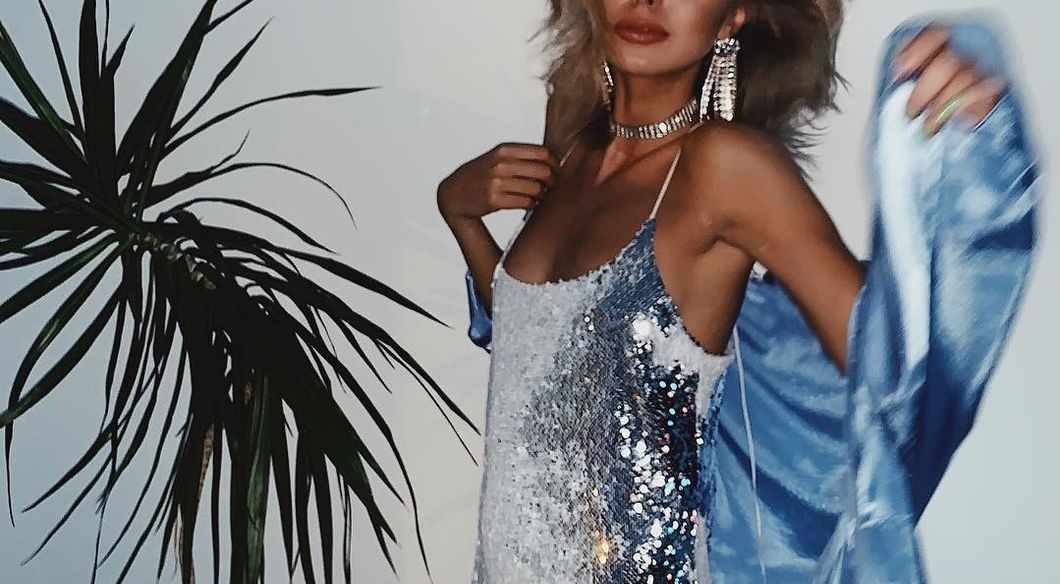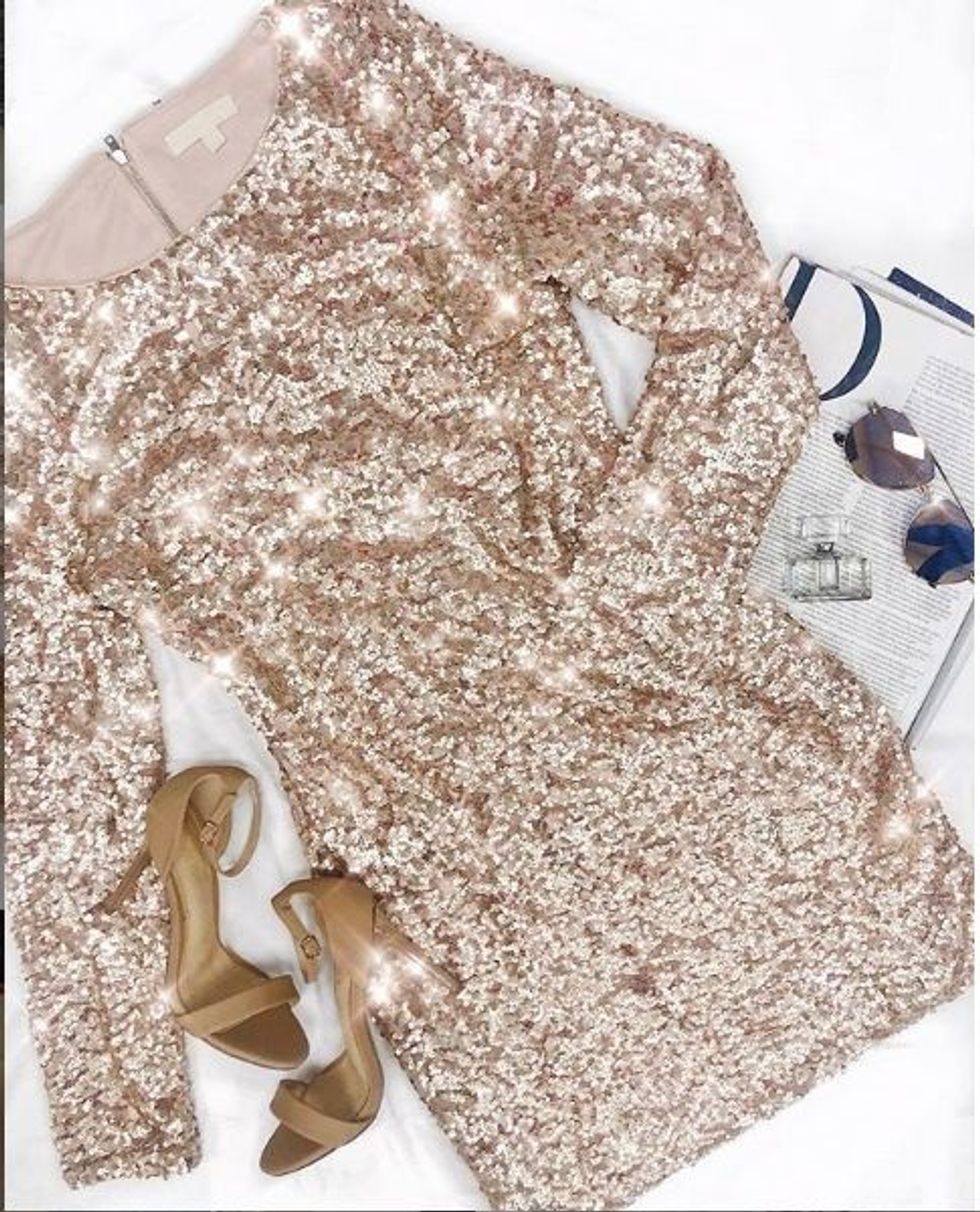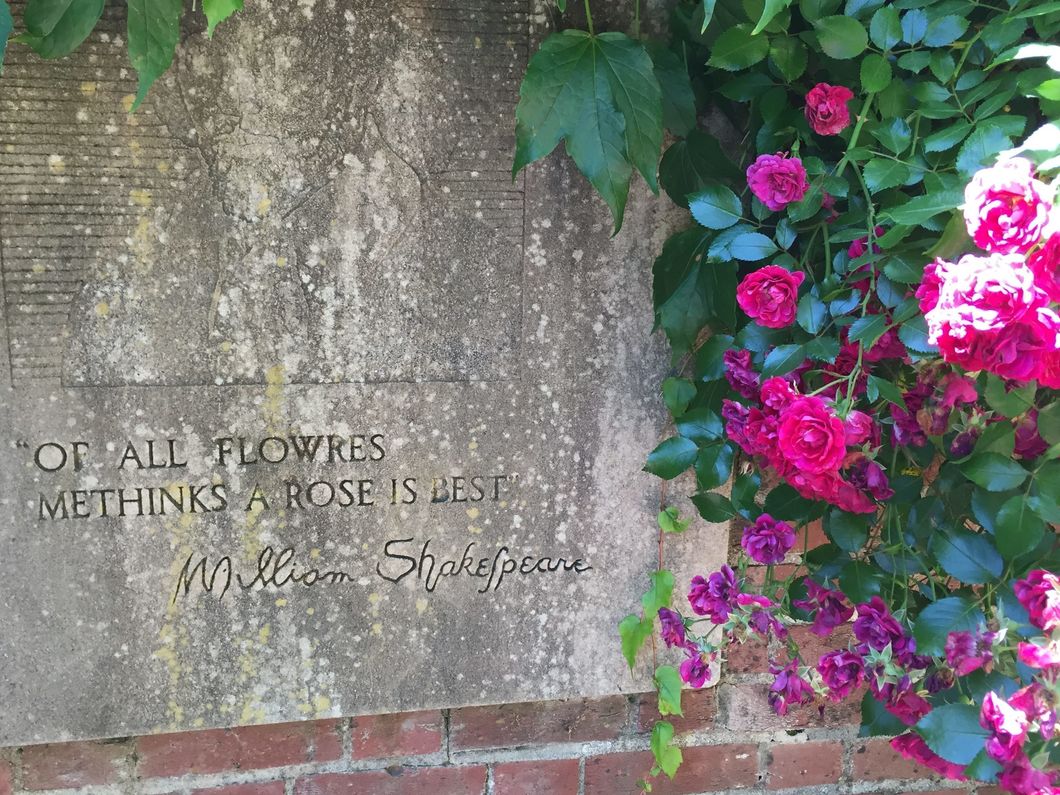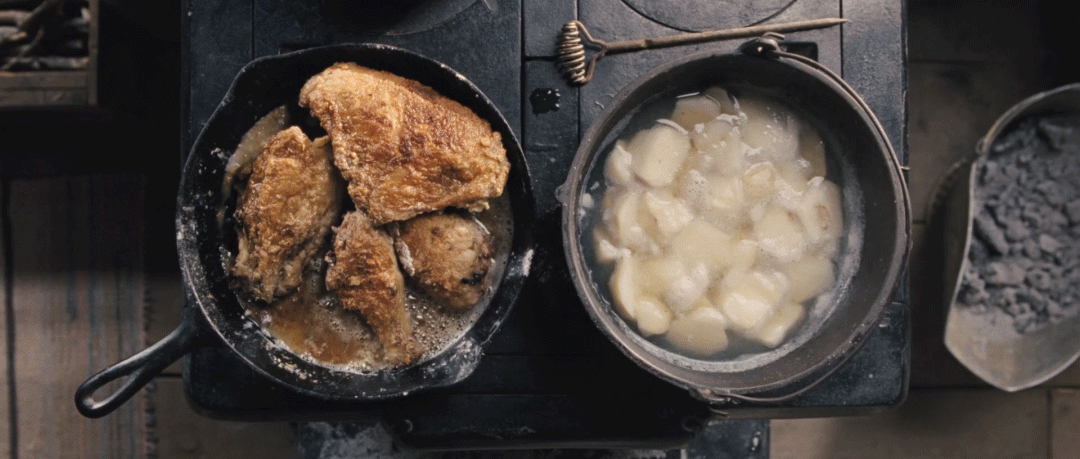10 Different Fabric Options To Wear This New Year's Eve
Why not look good while being drunk AF?
New Year's Eve is by far one of my favorite holidays to dress up for. It's a night full of laughter, fun, glitter and of course champagne.
If you're like me and enjoy going out to the city and being extra this article is for you!
Here are 10 different materials you can wear to ring in the New Year in style.
The great thing about all of these materials is that they come in all styles. You can have it as a top, a pair of pants, skirt, dress and even shoes. No matter what material you choose you're going to look fabulous!
They are also easy to find at stores such as Forever 21, Ross, Tj Maxx, Target and more! For those of you who are crafty check out your local Hobby Lobby for a DIY outfit.
Whichever fabric you choose have fun, take pictures and be safe. And remember 2019 isn't ready for you!
















































How Netflix's "Velvet Buzzsaw" Exposes The Greedy Nature Of Elitism Through Satirical Horror
Dubbing the efforts of the proletariat as unoriginal merely exhibits elites' attitudes towards the poor, using them as an aesthetic at appropriate times
I expected Velvet Buzzsaw to be just another a temporary reprieve to my neverending need for kitsch horror, so it was a rare occurrence for one "throwaway film" to stand out to me as much as Velvet Buzzsaw did. The film is unique, in a sense. It has that odd quality of satirical horror that places itself under the same label as "It Follows" or "Get Out". Sure, the film has its scares and twists. But it also contains underlying commentary about how twisted our society is.
Rather than coming out and saying "Greed is bad, elitism is poison," filmmakers of the satirical horror genre take it upon themselves to personify messages into ominous beings, a tactic that serves to make the message more interesting for viewers.
This trait, the puzzle-pieced, Frankenstein-ian combination of satire and horror exhibited by Velvet Buzzsaw was what intrigued me enough to keep watching.
Coming from a suburb like Johns Creek, I have always been disconnected from the lives of L.A's elite, particularly the art collector sort. I wonder if they are as elitist and condescending as pieces like Velvet Buzzsaw portray them to be. While this is a stereotype, the creators of Velvet Buzzsaw did not hesitate to expand upon it with the introduction of characters such as art critic Morf Vandewalt.
I would not call Morf my favorite character, but his wavering depth surprised me in the slightest of ways. He enters art exhibitions with the fluidity of someone with extreme amounts of confidence, yet reflects the smugness of somebody with a Fastpass card at Disneyworld. His literal first class status in the art world, as somebody who can make or destroy careers, has obviously gone to his head, yet he retains a somewhat critical judgement of art.
But we begin to see this purity of his become tainted within the first half hour. Already, he demolishes his current love interest's ex boyfriend's art showing, writing a scathing review only to please Josephine, somebody he eerily admires through the lens of his profession.
"Your skin...it's the beautiful cross between almond and saddle brown."
It's not hard to relate to this aspect of Morf. Really, it's not hard to relate to most of the characters. The desperation to climb to the top exhibited by Josephine, the selfish desires of Morf and the retreat into solitude for the purity of work seen by Piers, an artist discontent with the airheaded nature of the elitist art world, are all traits viewers can see within themselves.
Velvet Buzzsaw attacks that struggle of remaining authentic while being a contender in a viciously competitive world. It's the bare story of struggle that society is not willing to reward, a concept most strongly shown through Morf's disregard for "HoboMan".
My favorite exhibit within the movie, Hoboman is a compilation of parts that form a metal man on crutches. He staggers around in tattered USA-themed clothing reciting sayings like "Have you ever felt invisible?" and "Once, I built a railroad". While this exhibit captured my heart with the motions of a broken machine, Morf's displeasure at the repeat of poverty as theme places it under the label of boring, useless, and old as he labels "no originality and no courage".
Morf is the character that we're forced to look at, and really one of the only characters who realizes the corruption of the art world early on. It takes something personal for him to recognize this, though. Even as he connects the dots between the deaths, Morf finds himself too far gone to rectify the situation.
I don't want to make this a synopsis. Rather, I'd like to carry on the theme of the film. You can watch it yourself if you'd like to see the deaths of the air headed elites of L.A's art critics. But the movie isn't about them, or at least not entirely.
It's about the disregard we have for disadvantaged populations who create work for themselves. It's within Dease's life story that inspired such honesty within his work that we see the struggle that the average working men go through, the struggle that elites refuse to reward. Dease created his work in the arena of his own mind, in the solitude of his own cave, baring his traumatic childhood and impoverished nature of most of his life. It's after his death that people found value in his work, and sought to profit over it.
In real life, we can't reach beyond the grave to claim justice. But what we can do is take lessons like these and apply them. Let's not disregard the plight of the working class.